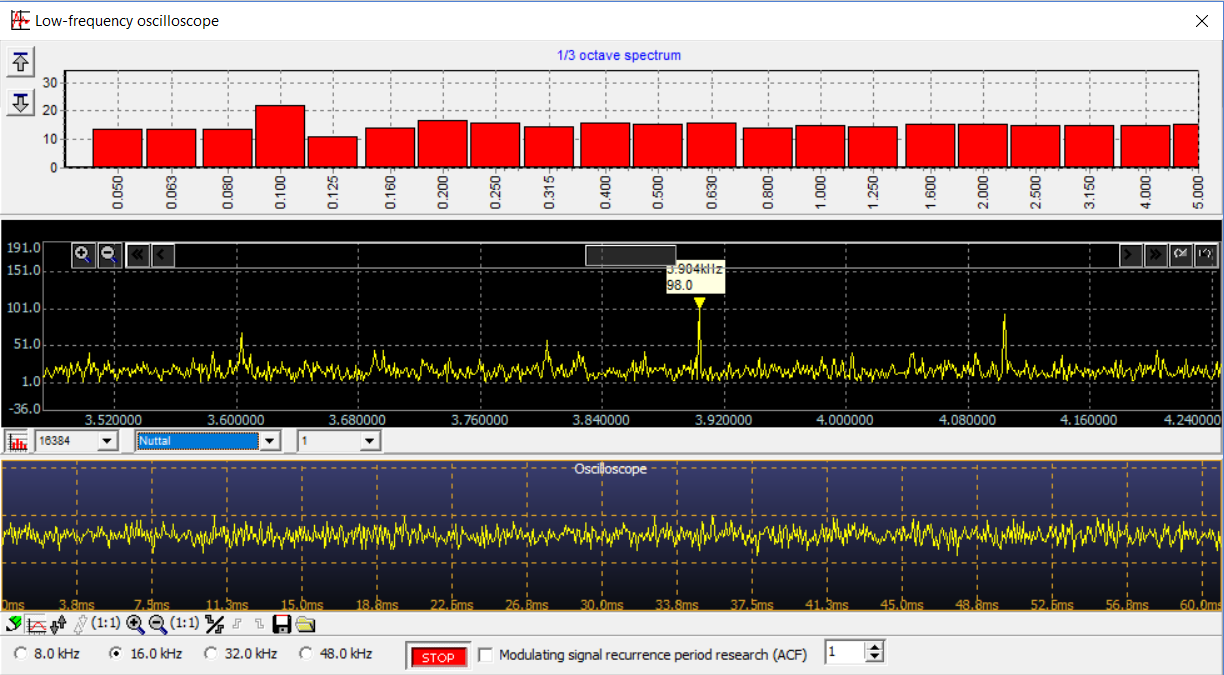
An alternative, robust measures of the central value is the median (or geometric mean). Mean values, however, are sensitive to outliers and may not be a proper representative of the central value in case of asymmetric data distributions.

The mean value, indicated by the horizontal line, informs us about the central value of the data. Alternative ways to show dense distributions is by using a bean plot or a sinaplot, which is an improved version of the violin plot. This can be remedied by using semi-transparent dots. When many data-points need to be plotted (>100) the dots may start to overlap. Therefore, it is more informative to show the actual data-points as dots. The error bars conceal outliers, multi-component distributions and asymmetric distributions. To further increase the data-ink ratio, a single dot and two lines could be used to depict the average and error margins, respectively.Įrror bars may not give a realistic impression of the variability of the data. This action increases the data-ink ratio, which is defined by E.R.Tufte, pioneer in the field of data visualization, as the ratio of non-erasable data-ink to the total amount of ink used in the graph. This single value is the only information carried by the bar, and therefore the bar (except for the horizontal line) can be removed without loosing information. The top horizontal line of the bar equals the average value. A motivation of each step is presented below.įigure 1: A makeover of the bar graph in five steps. Each step changes one aspect, as shown in figure 1 (or in this animated version). Below, I describe 5 steps, departing from a standard bar graph, that aim at improving transparency and interpretation. To improve transparency in data presentation, several features of the bar graph can be modified. Steps toward transparent data presentation Clearly, the bar graph is in need of a complete make-over. Many related issues that add to the notion that bar graphs are bad graphs and should no longer be used have been repeatedly addressed by others, for example here, here, here and here. Moreover, it is often unclear what the error bars depict (SEM, SD or 95% confidence intervals). Bar graphs do not allow independent interpretation of the data by the reader of a manuscript or the audience of a presentation. One of the reasons for the popularity of bar graphs is that these are easily made by (commercial) software.Ī bar graph with errors bars has one major problem: it conceals the underlying data. The dynamite plunger plot has gained wide popularity and is often the graph of choice to summarise and present data in presentations or manuscripts. This type of plot has been coined a ‘dynamite plunger plot’ ( footnote 1) for its cartoonesque similarity to a detonator for explosives. The bars are often accompanied by error bars that show the standard error of the mean (SEM) or standard deviation (SD).

In this situation, the top of the bar equals the mean value calculated from the data points. However, bar graphs are often used to summarise multiple data-points per condition.

Proper use of bar graphs includes the display of counts or frequencies of observations, where the length of the bar represents the corresponding value. The earliest known example of a bar graph, dates from the 18th century and its invention is attributed to William Playfair ( Beniger and Robyn, 1978). One particular type of graph, the bar graph, is often used to quantitatively compare (multiple) conditions. They are essential tools for the communication of results in presentations or manuscripts. Graphs (or charts or plots) are often used for the display and summary of data.


 0 kommentar(er)
0 kommentar(er)
